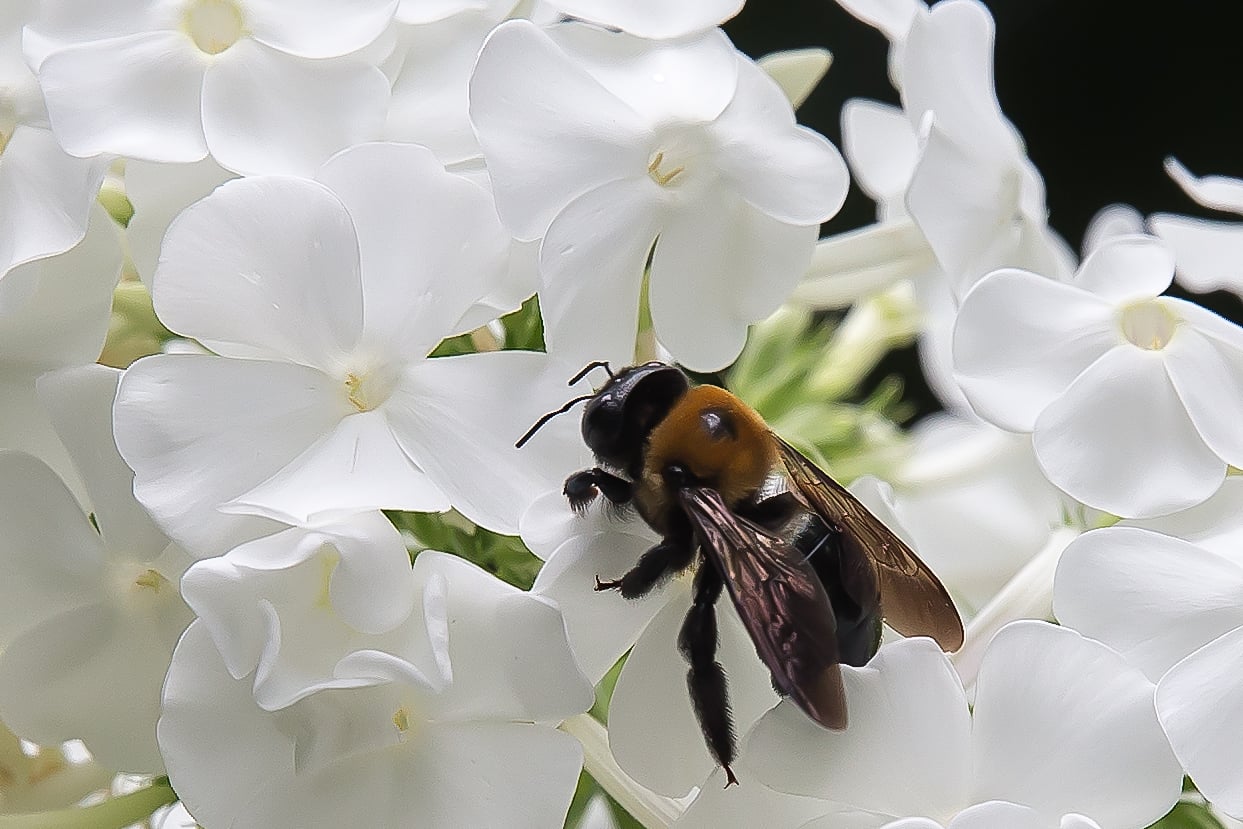What’s the best season to look at trees?
I would vote for Winter. Others might choose Spring when buds and then leaves appear according to some timeless timetable. Probably most would say Fall – when Mother Nature paints from her palette of reds, yellows and golds.
But in Winter you really get to see the shape of trees, their limbs and branches so often camouflaged by leaves in the other seasons. I’ve overexposed this Winter Trees image below, increased the contrast and done a few other tricks to really show off their detailed shapes.
Which of course begs the question: why do trees have shapes they have? Why are some tall and conical and others are pyramids? Why are some round and others flat? (Another big question is why there are so many shapes of leaves – but that’s maybe something to explore another day.)
Well, a little Internet research suggests a very good reason for the overall shape of a tree. And it seems a bit obvious after the fact. Tree shapes are all about balancing various survival needs: to get enough light, the right amount of heat, and enough water, and not get too big so as to fall over. Your average tree in our area has got a lot to consider: shedding snow, worrying about high winds and poor soil, not to mention pollination and sending out its seeds. And survival also depends on how a tree gets along with its neighbors, either interacting with its own kind or competing with a completely different nearby species. As one writer put it, the shape of a tree is a compromise to achieve all these sometimes-conflicting goals.
So all this got me thinking – if trees in their wisdom are able to get things done and survive by adapting and compromising, maybe we should elect some trees to Congress? Start a new party. Call it the Tree Party?







